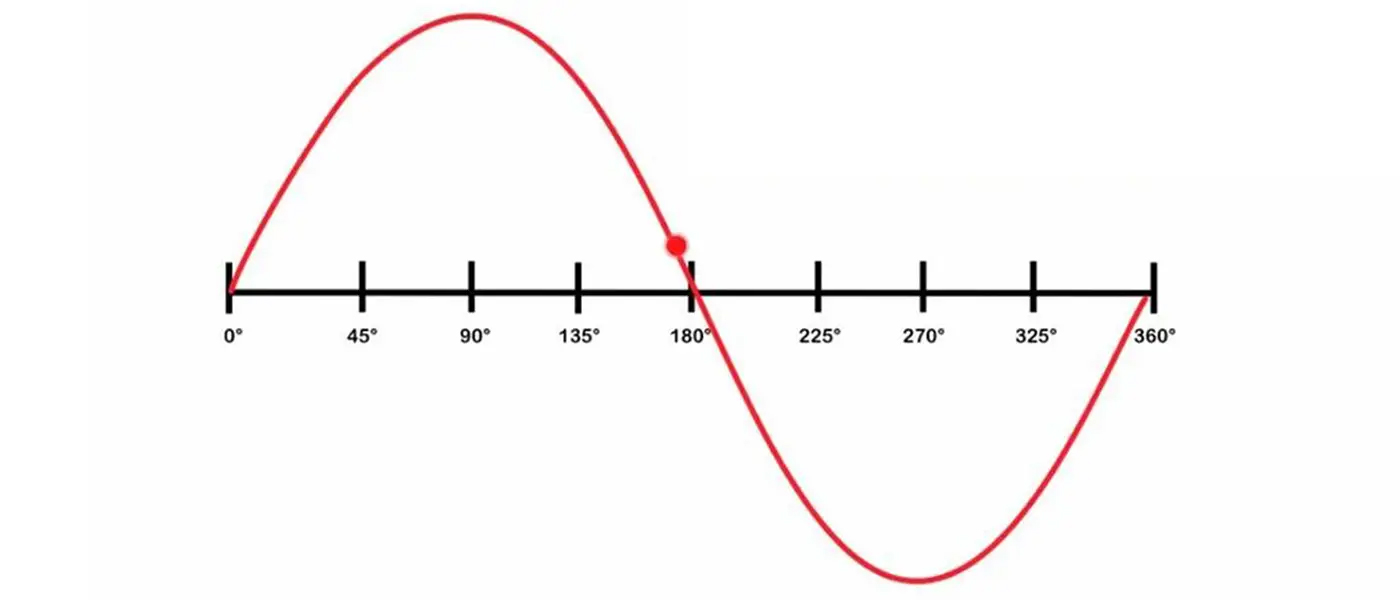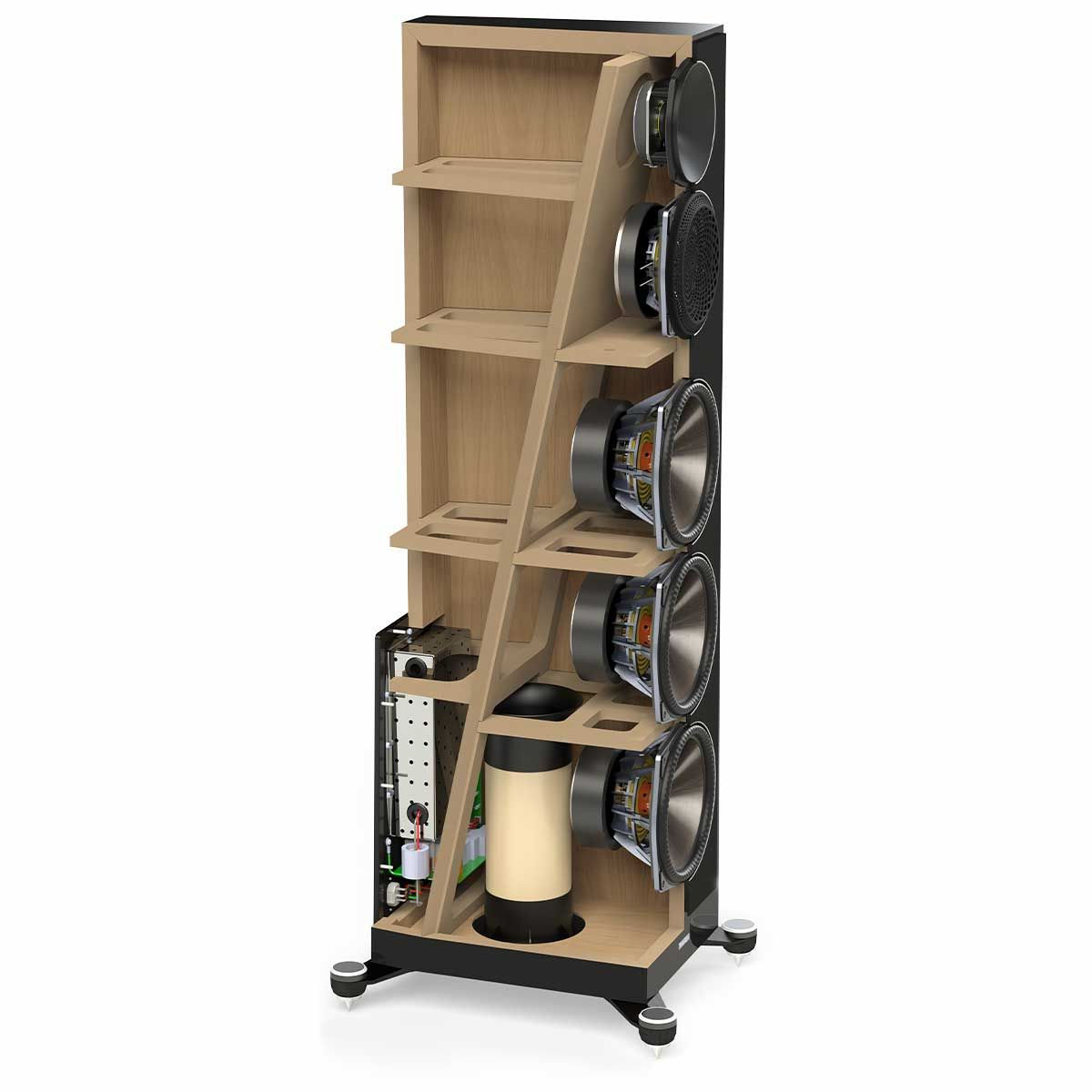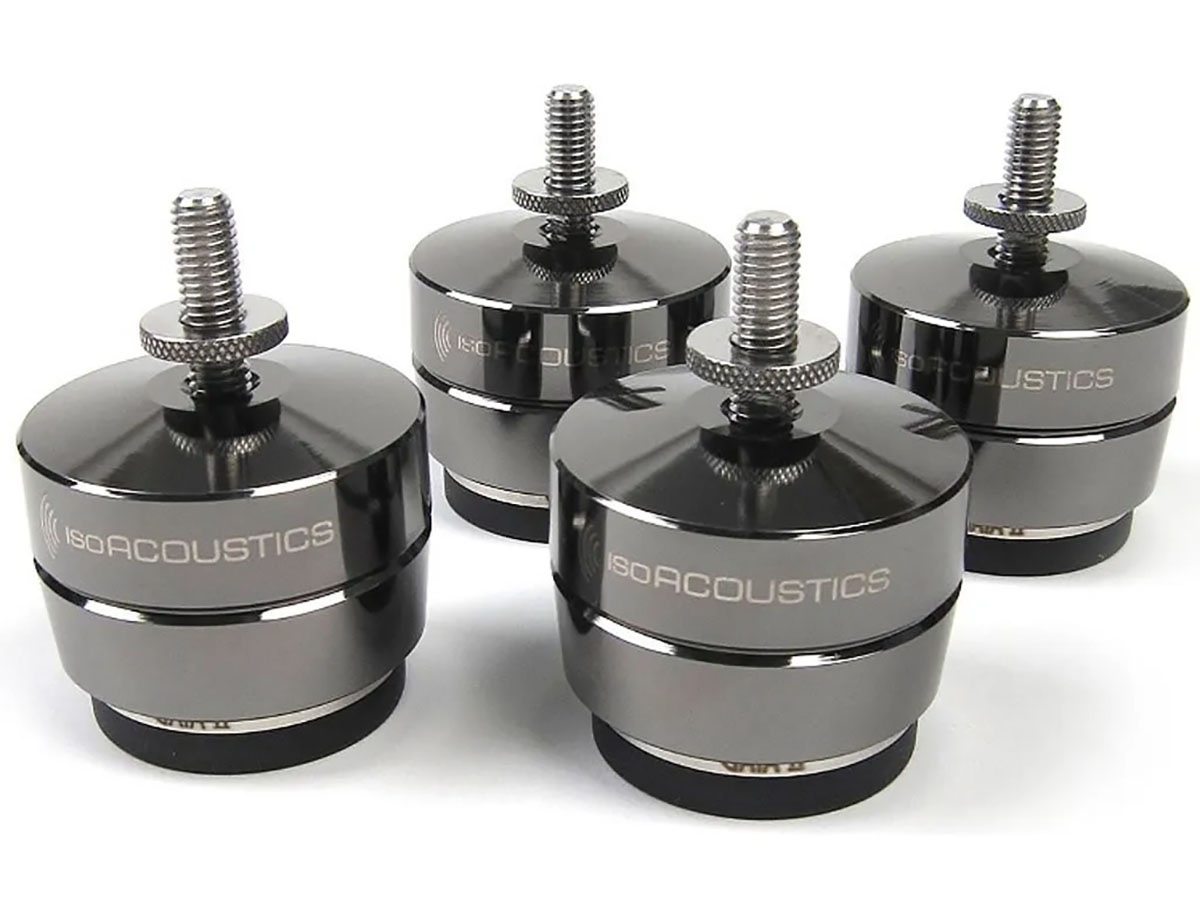Audiophiles know from their research that there are countless devices, components, bits, and bobs (some, rather creatively marketed) that claim to improve the sound quality of our systems. From cable elevators to little metal bowls, enthusiasts have sought to find ways to make music reproduction more realistic. We can pour money into electronics and advanced speaker designs but sometimes, seemingly minor details can make a huge difference.
I am not typically one to promote the use of special objects in the listening room, but isolation is a concept that has real science and logic behind it. And it’s something I have recent experience with. Almost by accident, or perhaps by fortuitous timing, I have found a simple and inexpensive way to improve bass balance and control in my speakers. I’ll talk about my application shortly but first, some background and context.
What Is Isolation?
When I use the term isolation, I am referring to the literal usage. Many speaker designs are based around the isolation of their component parts. The drivers are isolated from the enclosures. The front baffles are isolated from the rest of the enclosure. The enclosures are isolated from the floor. Why is this good? If we remember that sound is no more than the movement of air from a source to our ears, then it follows that when vibration is precisely controlled, the sound will be better.
When a driver cone or ribbon is excited by electricity, it vibrates. The moving cone or ribbon pushes air, hopefully in the direction of our ears, and we hear the result as sound. Obviously, controlling that vibration is the key to more realistic sound reproduction. We can have super precise drivers and a crossover built from premium components but that’s not enough. The driver itself must be physically restrained, otherwise more than just the cone or ribbon will vibrate. Remember that Newton guy? He said, “Every action has an equal and opposite reaction.” If you don’t lock that cone down, the cage, motor, magnet, and everything else that makes it up will vibrate too. Driver cages aren’t engineered to reproduce sound. So, you don’t want them spoiling the party.
Most speaker designs bolt the driver firmly to the front baffle. But this introduces another variable. Now, the baffle will want to vibrate. The energy from the driver’s cone must go somewhere. Good speakers combat this with a thick baffle, usually made from MDF or some other heavy inert material. But what if the driver had some way of dissipating that energy before it reached the baffle? Hmm, I think we’re on to something.
But we’re not done yet. The enclosure is a major source of unwanted vibration. The best way to deal with this is mass and structure. Good speakers have enclosures with internal bracing made from heavy material. The enclosure should be resonant inside but not to the point where it vibrates on the outside. Sound from the back of the driver cone will resonate inside the enclosure so the best scenario is one where the enclosure itself cannot vibrate.
The last part we need to control is where the enclosure meets the floor, or the stand if it’s a bookshelf model. Feet are an important and often overlooked aspect in speaker design. But audiophiles already have lots of options there. You can get better rubber or silicon feet. There are two-piece designs like the ones from IsoAcoustics that prevent any remaining enclosure vibrations from reaching the floor. Some people like spikes for carpeted floors. The effectiveness of spikes is a hotly debated topic and I won’t take up that argument here. I’ve used them in the past but right now, I like big soft feet and I’ll tell you why shortly.





